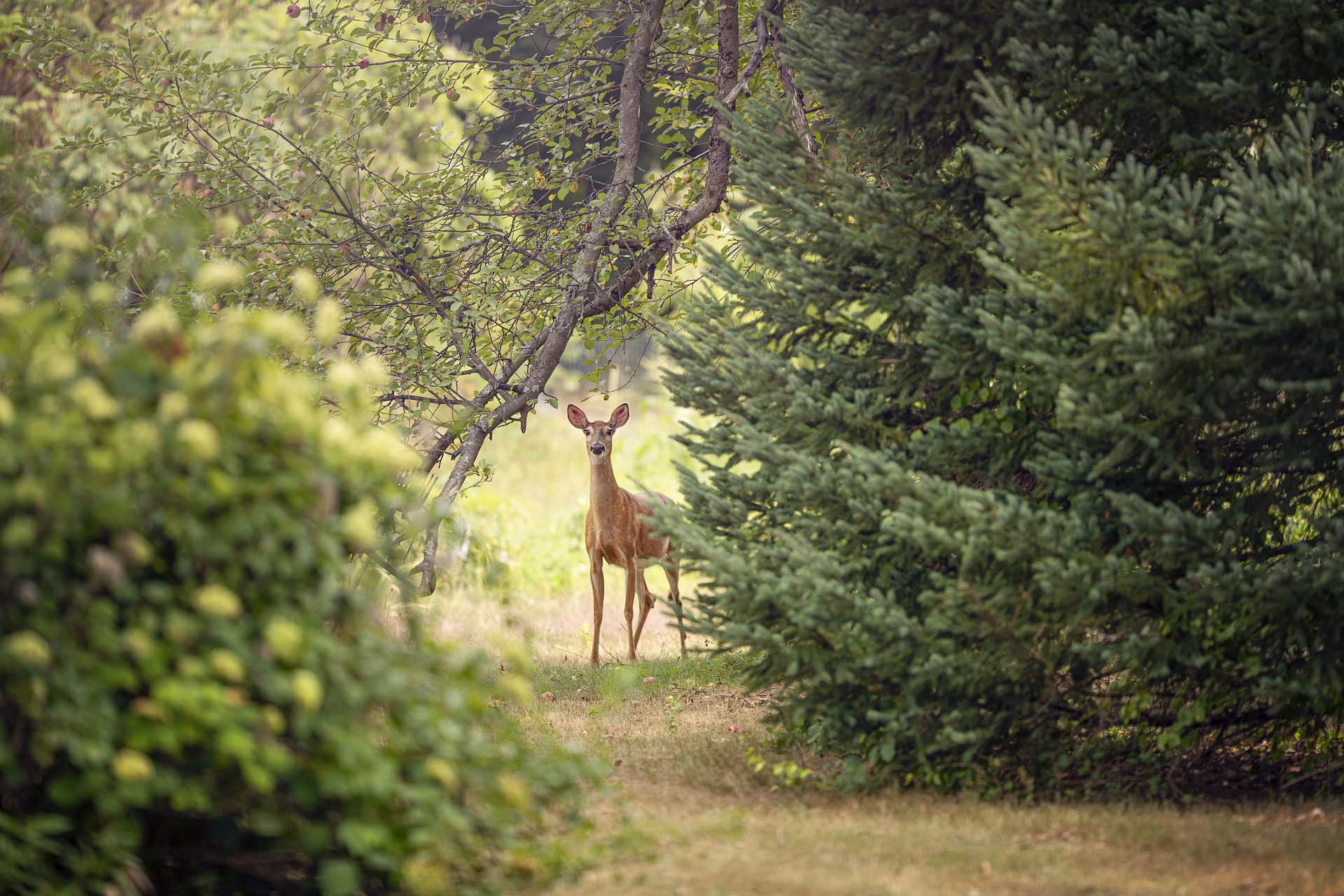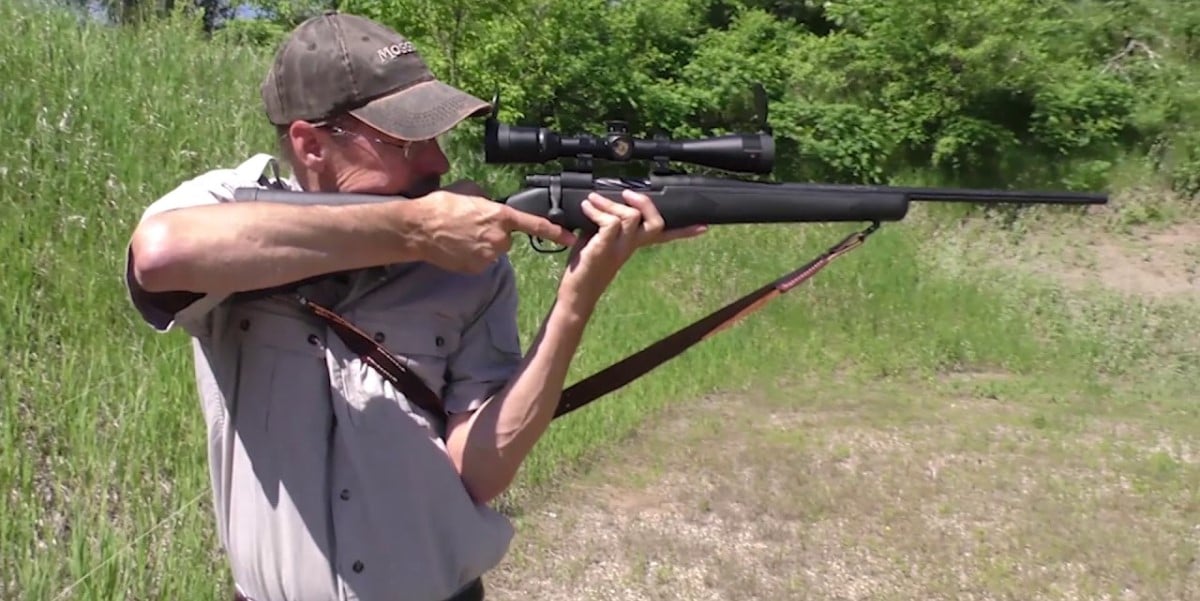
When it comes to big game animals, where to place the shot can be a contentious subject among many hunters because there are so many variables to consider, such as range and weapon, as we discussed in a previous article. However, there are some general guidelines to follow when placing the shot. Every variable has a different outcome, which means that the final decision falls to you, the hunter, to make.

Let’s get this party started.
Shooting a deer in one of the many locations available will kill it in a very short period of time and with minimal trauma to the deer’s body. Naturally, some of these methods can be considered to be more risky when compared to the other options you have available to you. We will discuss shot placement and angles in this section so that you can get a general idea of what is going on.
The broadside shot was taken from a long distance.
The broadside shot is considered to be the most ideal by the majority of experts. When you’re watching a hunting show, it’s very likely that this is the shot that everyone is looking forward to seeing take place. This is due to the fact that deep in broadside provides you with a target that is large enough to allow you complete access to the critical points.
A well-placed shot right behind the shoulder, right at the shoulder, or just above the point that is created by the shoulder, regardless of whether you are using an arrow or a bullet, has the potential to cause the necessary damage in the lungs and the heart.
If everything goes according to plan, the shot should enter somewhere between the ribs and exit on the other side through the ribs as well. This will result in the least amount of damage to the meat possible, as well as a significant amount of blood loss and a blood trail that will be easy to spot.
Even though an arrow shot can be difficult at times because it may strike a bone, if it strikes a rib, you will not experience any difficulties. The same rule applies to rifles with calibers that are on the small end of the spectrum.
It is considered ethical to take this type of shot because it provides a large margin for error. Considering that lungs are an obvious target, especially when we’re talking rifles, you are still highly likely to break the shoulders, or at the very least one of them, even if you miss your target.
While missing on the high side can result in the deer breaking its back, missing on the low side can result in either a complete miss or a shot that hits the deer in the gut. If you shot the animals in the gut, you can still use the meat, but it is not a recommended location to aim your shot.
Access to vital organs is granted during quartering.
Even though the broadside shot results in the least amount of meat damage, some hunters prefer the slight quartering away shot when hunting deer on the ground. If the deer is quartering away from you, you can go for it even if you are a long distance away, and by hitting it in the shoulder, you will be able to punch the lungs and heart with the bullet you have in your possession.
You can use this technique with a variety of bows and rifles because they are all capable of breaking the shoulder without difficulty. One disadvantage of making this decision is that you will experience meat loss around the off-shoulder area. This can be avoided by shooting an arrow or using a small-caliber rifle, as the shock and bloodshot are reduced in this case.
If the deer is quartering toward you, it is best not to use a bow on him. It is very likely that the nearside front shoulder will block the vitals, and an arrow is known for not causing the necessary damage in such a situation, resulting in the animal not being put down.
The deer can be quartered or broadsided if you are using a rifle because the bullet will pass through the shoulder easily and have the desired effect on the vital organs if you are using a shotgun.
As previously stated, you will almost certainly experience meat loss in either one or both of the shoulders, but you will almost certainly be able to recover the animal after it has been killed in the most humane manner possible.

Face-to-face communication can be difficult.
If the animal is facing you, it means you’ll have a very pleasant path leading to your heart, which sounds very effective, doesn’t it? If the animal is facing away from you, it means you’ll have a very unpleasant path leading to your heart. You should be aware, on the other hand, that this shot is more difficult to execute than the previous one mentioned.
Assuming the bullet or arrow passes perpendicularly through one side of the chest cavity, it is highly unlikely that both lungs will be hit in this situation. At some point, hitting one lung will result in the animal’s death, but hitting both lungs is the most important part.
When shooting with a rifle, this type of shot is more effective. If you hit the deer too hard, you may cause it to break its back or neck. In the event that you move too much to the right or too much to the left, you still run the risk of damaging one of the lungs and breaking one of the shoulders. A low hit can be critical or completely miss the animal depending on the situation.
Although most bowhunters would prefer to take another shot rather than this one because it is too risky, if you have enough experience, you can take a chance with this one.
The high-stakes neck shot
As we progress down the list, the shots become more dangerous. In the case of a rifle, for example, the neck shot can be something that some people prefer, while others avoid it entirely. A properly executed attack on the deer’s spine will kill it in a matter of seconds by destroying a portion of its spinal column. In some cases, you don’t even have to hit the deer in the vertebrae if the rifle has a lot of power.
For the most part, the bullet’s impact is so great that it will do the job so long as it hits solid muscle, which can be found a couple of inches around the spine. You will not be able to kill a deer if you only hit the windpipe or the edge of the neck with your shot. However, the deer will be unable to raise its head and will be unable to flee in that condition.
The tracking of the deer is also more difficult in this situation, and there is only a small chance that they will recover if they do manage to get away from your presence.
When it comes to archery, this shot, like the facing shot, is favored by some and avoided by others, depending on the situation. A major artery or the spine will be targeted by those who are confident in their abilities. They believe that the shot has too little of a chance of being successful and therefore they avoid it entirely.
Headshot: for those who are meticulous in their work.
Whether you aim for the deer’s eyes or the brain from one of its sides, if you hit it and it dies, you’ve done your job and are finished with it. Even though it is lethal, if done incorrectly, it is simply brutal.
The instantaneous death of the animal is considered by some to be the most humane method of execution. However, if you do miss, even by a small margin, you can hit the animal in the jaw, allowing it to escape and die several weeks later from starvation in complete agony.
It is unnecessary to point out that a properly executed headshot results in no meat loss and does not necessitate the use of tracking equipment. Some people present this option as one in which you either win from the first shot or lose and continue, but as previously stated, this is not necessarily the case. You have just as much of a chance of hitting the nose or the jaw as you do of hitting the brain when it comes to size.
Once again, when it comes to archery, this is a shot that many people avoid taking. A deer can be killed by shooting an arrow straight through its head, but the chances of doing so are extremely slim due to the roundness of the deer’s skull, which can cause the arrow to deflect.

The base of the skull is the best location for a killshot.
This type of shot can be classified as either a headshot or a neckshot due to the fact that it is found exactly where the two categories meet. Because the margin for error with this version is relatively small, you can experiment with it after you have gained some experience. We mentioned this one separately because it is not widely regarded as a particularly effective initial shot, but it is a particularly effective kill shot.
If you use this type of shot, you can kill the animal in a split second with no damage to the meat and no damage to the antlers or the skull, if you want to keep them.
Essentially, the decision about where to place the goal is up to you and is based on your circumstances and previous experience.